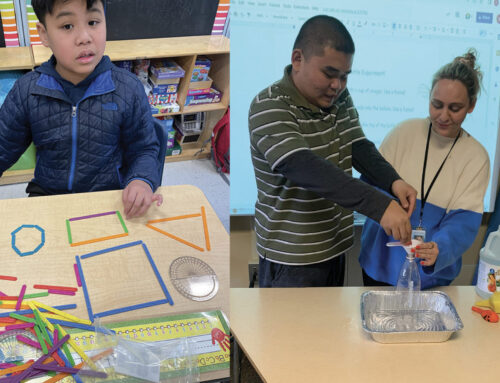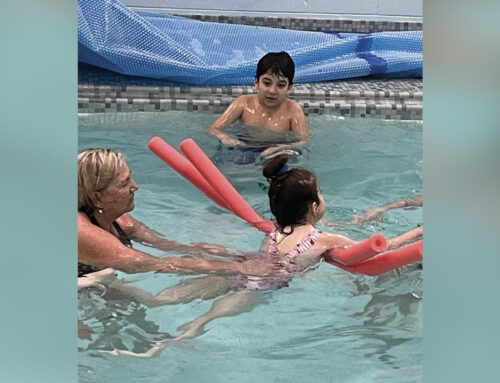People with autism manage sensory information in ways we do not fully understand. Sometimes, sensory “dysregulation” can cause a student to elope or disengage, have tantrums, or try to self-soothe. Many schools focus on treating these “behaviors” through school-wide behavior supports, functional behavioral assessments, and behavior management plans. While these systems may help in school, what happens when those external supports are not there? What happens at Aunt Nellie’s house, on an airplane, or at Costco?
Educators at The Forum School go beyond traditional behavior management strategies to teach students the skills they need for internal self-regulation. “We want our students to develop a sense of control, so they are more comfortable in new or stressful situations,” said Brian Detlefsen, Director of The Forum School.
Teaching begins with helping students recognize emotions. From there, staff introduce students to various strategies and techniques to help them when they are dysregulated. For some students, that may mean learning to take a deep breath. For others, it may mean getting out a fidget toy. “We teach those skills when the child is calm and able to learn, using simple language,” he added.
Visual supports are a “bridge” to more independence, helping students move from co-regulation (adult-directed) to self-regulation. Educators use picture cards and posters in the classroom to help remind students to use the techniques that work for them.
It takes a well-regulated adult to help a child who feels out of control, so staff are trained in de-escalation strategies. They learn how their words, voices, and body language can impact student behavior, and how adjusting some, or all, of those components can have a positive effect on emotional regulation.
Teaching students to use strategies that help them calm down—rather than telling them to calm down—builds the skills they need to use out in the world, so when things get to be too much at Costco, they have a familiar set of tools that they have practiced.






 Testing of Lead in School Drinking Water
Testing of Lead in School Drinking Water